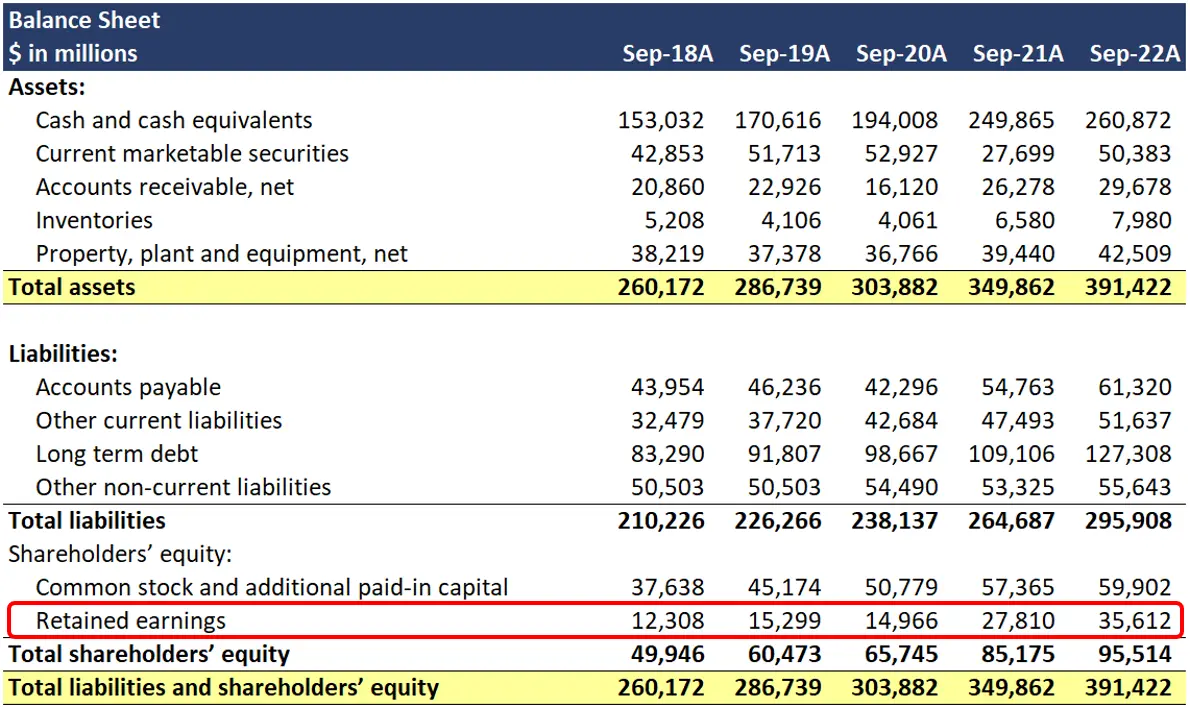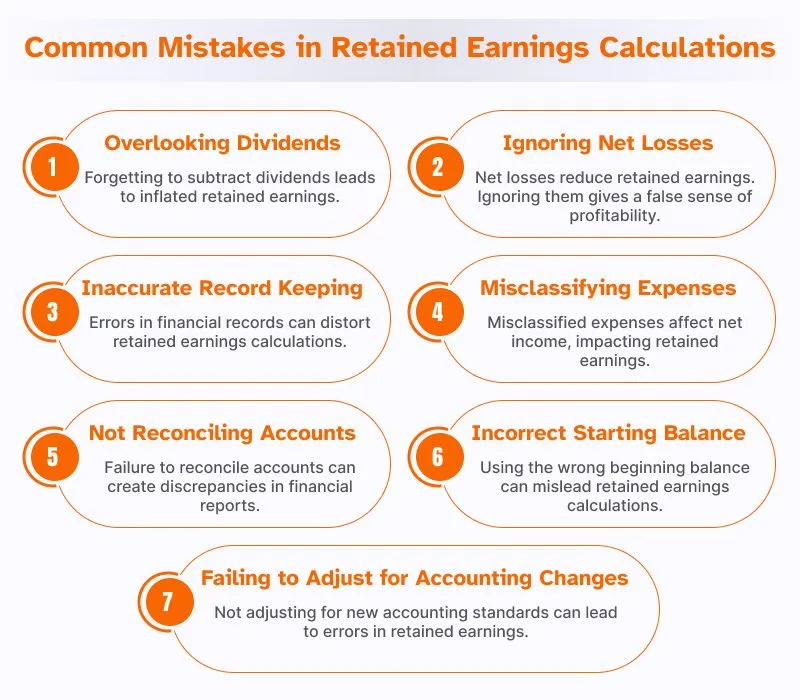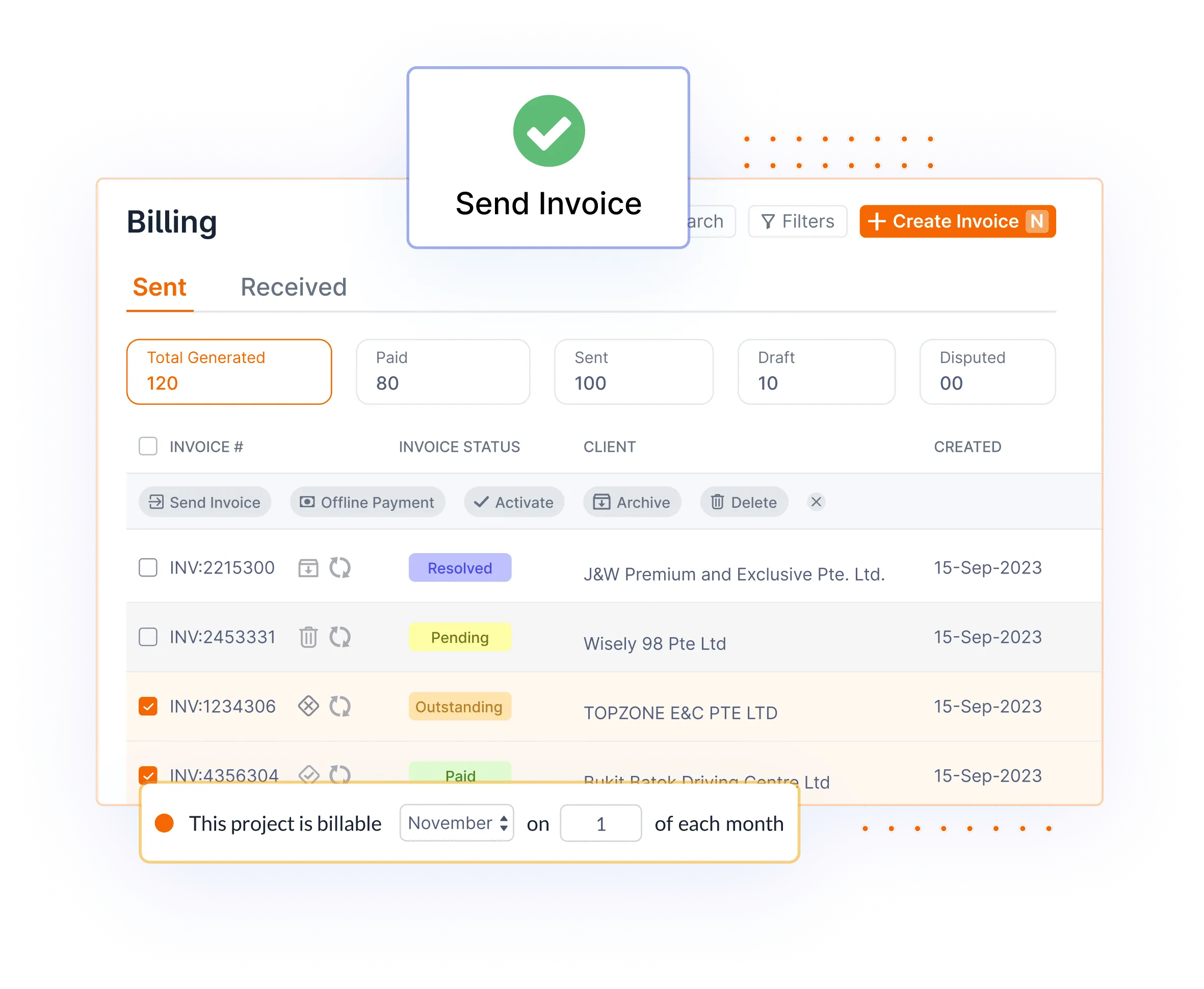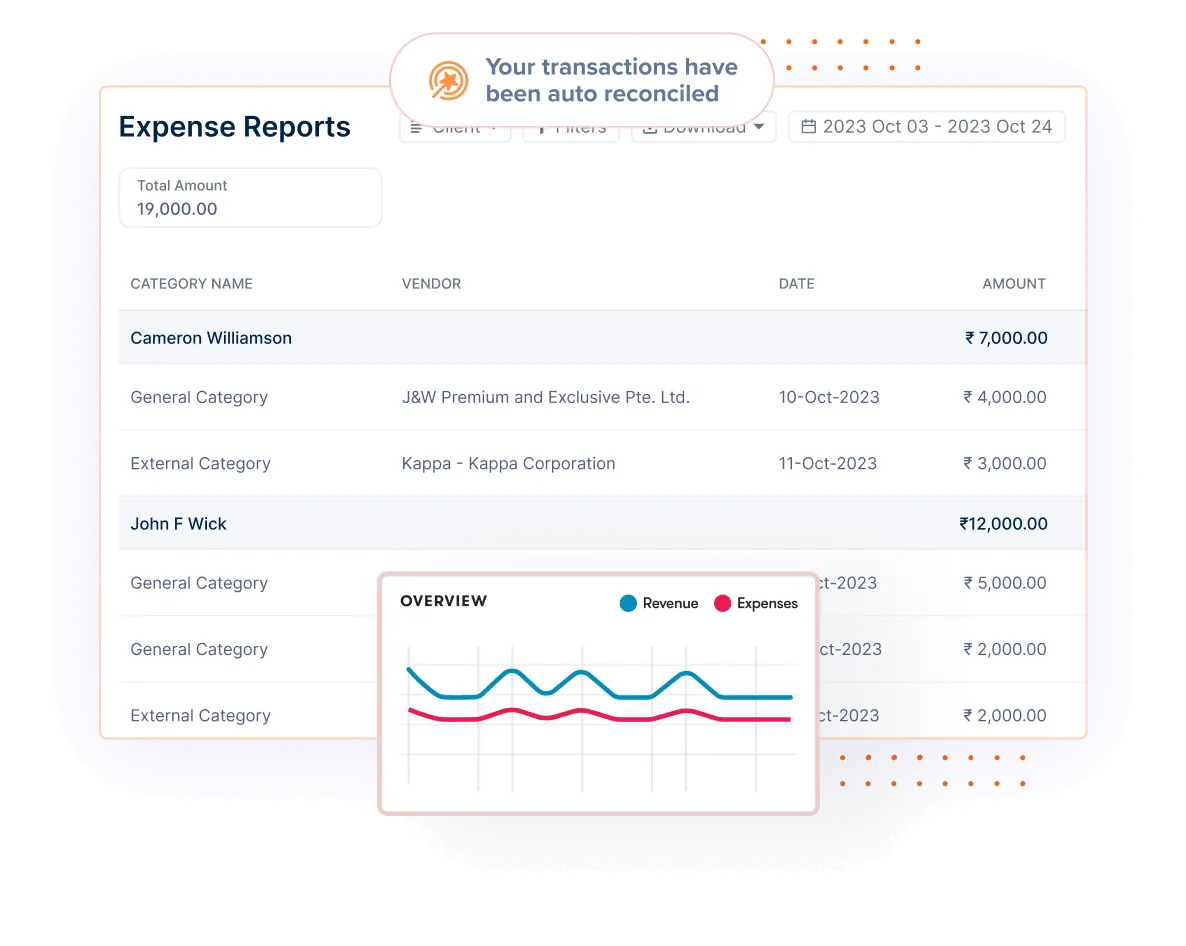Introduction
Retained earnings are part of the businesses balance sheets, and they reveal the overall health of the business.
They are retained profits that are not distributed to shareholders but are instead reserved for use in the business in the future. They speak volumes on a company’s capacity to grow and invest in its operations.
Research findings also indicate that firms with large amounts of retained earnings exhibit higher growth rates and the ability to weather cyclical downturns.
In this post, we shall discuss the significance of retained earnings within a company’s financial statements, profitability, and possible expansion ventures. We will also give a comprehensive guide on how to compute retained earnings.
For anyone starting a business, working in the finance department, or investing in a company, understanding the concept of retained earnings is vital for business success.
What Are Retained Earnings?
Retained earnings are the profits a business keeps back instead of dividing them among the shareholders by paying dividends. Simply put, it is the company’s net profits for reinvestment purposes or to maintain a financial cushion when required later.
The equity portion of the balance sheet contains retained earnings (total cumulative earnings minus any dividend payments).
Role Of Retained Earnings Business Growth
The contribution of retained earnings is paramount for a company’s development. Let’s find out why.
✔ Reinvestment
Business organizations employ retained earnings to launch new ventures, engage in R & D, purchase tools, and perform other tasks expecting improvement. This, in turn, makes it easier for firms to stay relevant and come up with new innovations in their sector.
✔ Financial Stability
It serves as a financial reserve that firms can use to overcome some economic difficulties, hurled major economic crisis, or any other unpredictable disbursement of expenses other than another debt. This stability is perhaps one of the major reasons why long-term success can be attained in business.
✔ Debt Reduction
Businesses can utilize their retained earnings in various ways. One of these methods is repaying debts that they owe, which will result in them lowering interest costs and stabilizing cash flow. This sort of debt reduction provides financial leverage to the firm. On the other hand, improving the creditworthiness as well.
✔ Shareholder Value
While dividends are not payable as retained earnings, they create shareholder value. Established companies with high retained earnings have very bright future growth prospects, which may result in the rise of the prices of stocks and, consequently, in shareholder value.
Where Retained Earnings Fit in Balance Sheet

Retained earnings are a key part of any company’s financial statements. They usually appear in the equity section of the balance sheet. Retained earnings are profits that a company keeps with itself rather than giving them to shareholders as dividends.
Retained earnings are listed at the end of the equity section on the balance sheet. They’re next to other equity items like common stock and additional paid-in capital. This shows that retained earnings help increase the company’s value for its owners.
This amount combines profits reinvested in the business, showing further growth potential and financial health. Let’s now get into the concept of how are retained earnings calculated!
How To Calculate Retained Earnings?
Retained earnings illustrate how much free cash your company has to reinvest, pay its debts, or keep it for future instances. So, how to find retained earnings on balance sheet? You need to understand a simple retained earnings formula.
Basic Formula
Beginning Retained Earning + Net Income – Dividends = Ending Retained Earnings
Using this formula, you can evaluate new retained income for the current period, which will serve as a basis for the next period.
Components Explained
Let’s break down the formula into different parts for a better understanding.
1. Beginning Retained Earnings
So, how to find beginning retained earnings? It is the retained balance of the previous financial year. It is the beginning of the operation wherein the current period’s retained earnings are determined. Take this as an account balance that reflects how much profit the company kept in the past.
2. Net Income
Net income is total revenue minus total expenses for the said period. It is the representative of earnings and/or losses within that period. Let’s say your company has made profits, you can add it to the retained earnings. It is important to note that the gains are added, the loss is subtracted.
3. Dividends
A dividend is money given to shareholders. When a company gives dividends, it lowers the retained earnings by the total amount given out. This is because there are no more funds available for any reinvestment and other requirements of the business.
Example Calculation
Let’s take any company, say, ABC Corp., to show how you can easily calculate retained earnings:
- Beginning Retained Earnings: ABC Corp. had $100,000 in retained earnings when they started.
- Net Income Retained Earnings: In this time, the company made $300,000 and spent $200,000. Here’s how we figure out the net income:
Net Income = Total Revenue – Total Expenses = 300,000 – 200,000 = 100,000
- Dividends: ABC Corp. decided to pay dividends totaling $20,000 to its shareholders during the period.
- Ending Retained Earnings: Applying the basic formula, the ending retained earnings are calculated as:
Beginning Retained Earning + Net Income – Dividends = 100,000 + 100,000 – 20,000 = 180,000
Thus, the retained earnings at the end of the period are $180,000. This value becomes the beginning retained earnings for the next period, continuing the financial management and reporting cycle.
Importance Of Retained Earnings In Financial Reporting
Retained earnings are a big deal when looking at a company’s financial reports. They tell us if a business is making good profits and has a healthy financial situation. By checking the retained earnings, people involved with the company can see how well it’s doing and whether it might grow more prominent.
✔ Assessing Financial Health
Retained earnings are the profits a company holds onto instead of paying them out. Monitoring retained earnings lets money experts and business owners see if the company is making profits over time. If retained earnings keep going up, that’s a perfect sign. It means more cash is coming in than going out, showing the business can keep running long-term without needing outside helpers.
✔ Influence on Investor Decisions
Investors look at retained earnings to judge if they are stable and can grow. When retained earnings are high, the company uses that money to build the business. This could mean making more products, developing, or finding new ways to grow. Long-term investors are happy to see high retained earnings numbers. How much is retained also affects how much profit-share the company gives investors.
✔ Impact on Creditworthiness
Money lenders think retained earnings are significant when deciding whether a company can repay loans. If retained earnings keep climbing, the business makes steady profits and can pay what it owes. The higher those earnings, the more stable the company looks to lenders. This leads to better loan deals and cheaper interest rates because lenders see less money risk. Tools like a construction loan calculator can help companies assess their borrowing needs effectively. Companies with solid retained earnings have a better chance of getting good borrowing terms.
Manage Financial Reporting With Invoicera
Financial reporting is strict, but the right tools can make it much more manageable. Invoicera is a super helpful tool for businesses. It lets you handle all sorts of financial tasks and monitor income, costs, and other money info. The software is easy to use, and its intelligent features make money reporting way less of a headache and much more on point.
Critical Features for Financial Reporting
Invoicera has several cool features that make it a real champ for financial reporting:
➔ Automated Invoicing
With Invoicera, you can send out invoices quickly and adequately. You can customize the invoice designs, set repeat billings, and automatically send payment reminders to customers, ensuring you get paid on time.
➔ Expense Tracking
The program helps you keep tabs on costs by sorting them into easy-to-see groups. This lets you have the correct financial records necessary for reporting and tax times.
➔ Financial Statements
Invoicera can make important statements like income reports, cash flow details, and the overall money situation paper. These reports are crucial to knowing if your business is doing well money-wise and following all the rules.
➔ Integration with Accounting Software
Invoicera connects to most accounting software businesses use. This makes the money data flow smoothly without manual data errors.
Additional Advantages
Beyond its core features, Invoicera offers additional benefits that further enhance its value for financial reporting:
➔ Improved Accuracy
Invoicera cuts down human mistakes by automating invoicing tasks, so your money reports are more on-point.
➔ Time Savings
Automation and smooth processes can save you time and allow you to focus on other essential business tasks.
➔ Compliance
Invoicera helps ensure compliance with financial regulations by keeping accurate records and generating essential financial reports. This can be especially helpful during audits or tax season.
➔ Scalability
Whether small or large, Invoicera can grow with your business and give you flexibility as your needs change.
Overall, Invoicera is a powerful tool for managing financial reporting. It simplifies complex jobs, makes things more accurate, saves time, and keeps your business funds straight and narrow.
Best Practices for Managing Retained Earnings
Appropriate handling of retained earnings might result in better management, a solid financial outlook, and growth in the value of the stock. The following are recommendations on how to maximize your retained earnings.
Conducting Frequent Financial Reviews
Periodically review your financial statements to gauge your retained earnings ratio. This allows you to identify patterns, track exceptions, and ensure error-free reporting. Conducting quarterly or annual reviews can also keep you abreast of your business’s financial health.
Define a Specific Dividend Policy
A steady and uniform policy on dividends guarantees your approach to paying out profits and retaining earnings is well-balanced. A structured policy can help you to avoid too much dividend distribution. This can stimulate more investment and thus increase the profitability of the business.
Reinvest in Business Developments
Retained earnings serve as capital for reinvesting your company to enhance its value. Consider allocating these proceeds to R&D, new product launching, marketing campaigns, or upgrading your infrastructure. This approach can create business growth and improve profitability over the long run.
Establish the Contingency Fund
Dedicate part of your saved money as a contingency fund. This deposit can build up as a shield against unforeseen impediments such as recession or emergency spending. A balanced contingency fund is one of the factors that may probably increase your company’s creditworthiness.
Use Technology to Streamline Financial Management
Leverage technology tools like Invoicera to simplify financial management and improve accuracy. These tools can automate invoicing, track expenses, and generate financial reports, making it easier to calculate retained earnings on balance sheet and manage your business’s finances.
Consult Financial Experts
Get help from financial advisors or accountants to minimize possible losses from the misuse of retained earnings. These professionals can provide you with recommendations on taxation and legal obligations as well as investment advice that suits your business ventures.
Maintain Transparency with Stakeholders
It is also important to maintain transparency and communicate effectively with the investors, shareholders, and the employees. Discuss the financial plan and state how retained earnings contribute to growth and development of the firm. This can help in building the trust and confidence of the customers to your business.
Final Thoughts
It should be noted that retained earnings are paramount for any company’s financial position. They symbolize a company’s profits that can be re-invested or saved for future use, thus pointing to a business’s growth and existence.
With the help of this easy guide, you can easily use retained earnings to expand your business. It will further help you to improve your company’s marketability. Invoicera, for instance, can assist in automating the generation of invoices, tracking expenses, and generating financial reports.
Thank you for reading! If you wish to discuss any matters further about retained earnings, do so in the comment section below, where you may also share any useful tips.
FAQs
Can the retained earnings be negative?
Yes, retained earnings can be negative if you do not manage it well. This situation is generally called an ‘accumulated deficit’. It happens when total net losses > gross profits or when your company has paid more dividends than retained earnings.
How are retained earnings different from equity?
Retained earnings and equity are different but related:
Retained earnings:
- Money, a company, keeps from its profits
- Not given to shareholders as dividends
- Just one part of the equity
Equity:
- Everything the company owns, minus what it owes
- Includes retained earnings, but also other things
- Other parts are:
- Money from selling stock
- Additional money investors put in
- Other company value
So, retained earnings are just one piece of the bigger equity picture. Think of equity as the whole pie and retained earnings as one slice of that pie.
How do retained earnings impact a company’s credit rating?
Retained earnings are viewed as a sign of financial strength and profitability that may be used to forecast profits on a continuing basis. A high level of retained earnings usually indicate to creditors or lenders that the business entity is financially sound, hence has a good credit rating necessary for Borrowing capital.





















